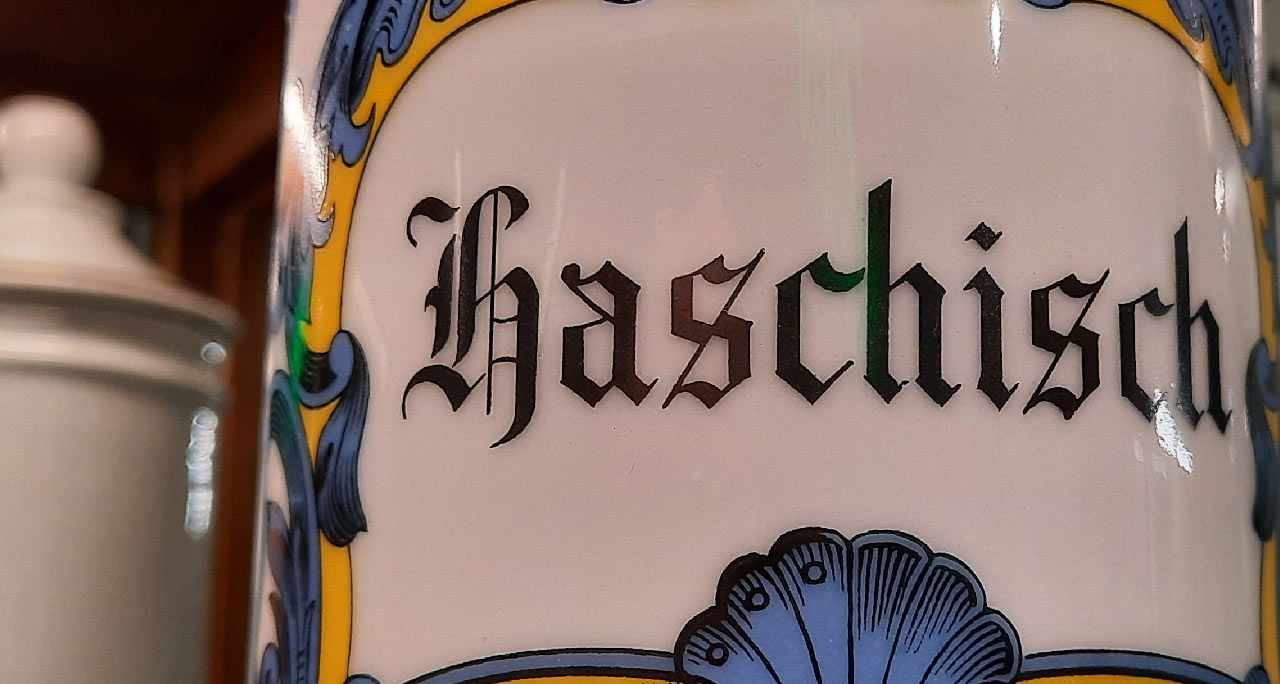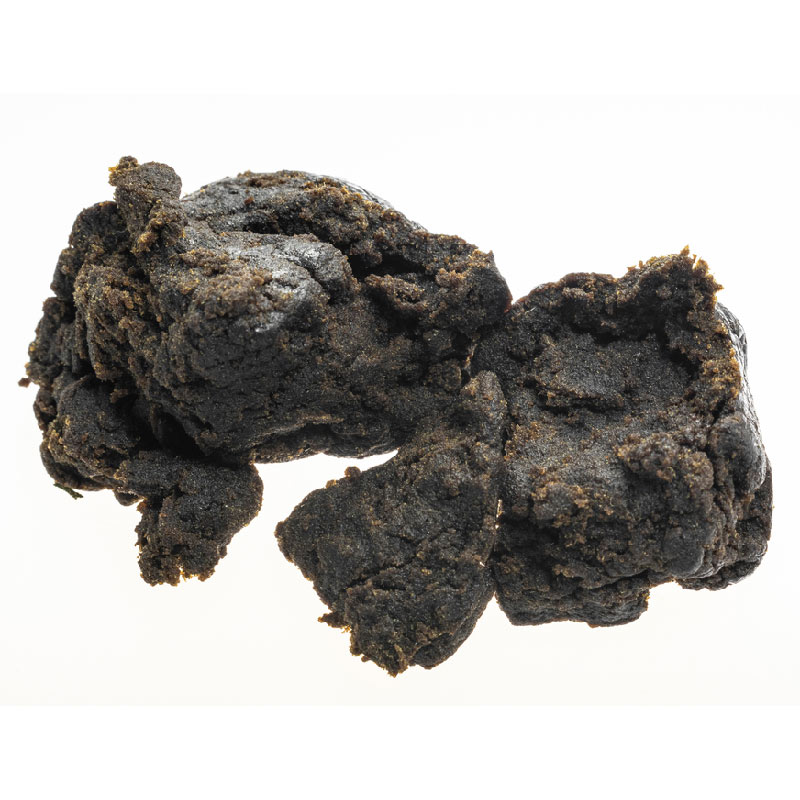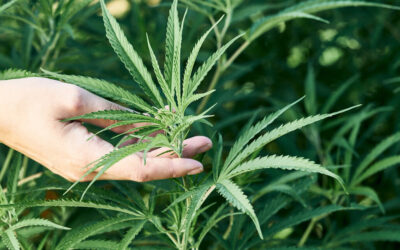
Hashish Pharmacy Container
During the late 19th century, the use of hashish compounds was widespread across Europe and the United States, with most pharmacies stocking them for various medical purposes. This period, spanning from 1880 to 1900, marked a time when hashish was commonly available and utilised in the medical field. Hashish was not only readily accessible but also considered a standard component in pharmacies, reflecting its widespread acceptance and usage during that era.
A tangible relic of this historical era can be found in a hashish container showcased in a museum, originating from a pharmacy in France dating back to the late 1880s. These containers played a crucial role in preserving the potency and shelf life of hashish products, ensuring their efficacy for medical applications. Pharmacies relied on these containers to store and dispense hashish, highlighting its significance as a medicinal substance during this period.
The Rise of Synthetic Medications and the Decline of Cannabis-Based Treatments
However, as the 19th century transitioned into the 20th century, the landscape of medical treatments began to change. The decline of cannabis-based medical products became evident as pharmaceutical companies started manufacturing alternative medications. Chloral hydrate emerged as a popular substitute for treating sleeping disorders, while aspirin gained traction for pain relief. Unlike cannabis-based remedies, these new pharmaceuticals offered consistent potency and quality, meeting the evolving standards of medical care.
The shift towards these synthetic alternatives signalled the beginning of the end for cannabis-based medical treatments. Pharmaceutical companies favoured the reliability and standardised dosages provided by synthetic medications over the variability of cannabis-based products. Consequently, the once-prevalent use of hashish compounds in pharmacies gradually waned, marking a significant transition in medical practice during the turn of the 20th century.
Hashish History
For several thousand years cannabis plants have been used medicinally, but records of the use of hashish showed up much later. By about 900 AD, the use of hashish had spread throughout Arabia. In this period, hashish was consumed by eating it.
Between 1000 and 1200 AD, the legend of hashish use by assassins in Persia arose. Some scholars claim that the name “hashish” traces back to the word for “assassin.”
Whether this was true or not, Marco Polo had heard stories about hashish-using assassins and took these tales back to Europe.
The first ever recorded use of the word “hashish” was in a pamphlet published in Cairo in 1123 CE, accusing Nizari Muslims of being “hashish-eaters”

How Hashish Is Made
Hashish, a concentrated form of cannabis, has been produced using various extraction methods throughout history. One of the oldest and most traditional techniques is known as hand rubbing, which dates back centuries and is still practiced today.
Hand-rubbed hash production involves the manual extraction of resin-rich trichomes from cannabis flowers. This process is labor-intensive and requires skilled hands to gently rub the buds, releasing the sticky resin. As the buds are rubbed, the resin adheres to the skin, gradually accumulating in a sticky layer.
Over time, as enough resin is collected, it forms a cohesive mass on the hands. Carefully, the accumulated resin is peeled away from the skin and rolled into a ball or compacted into a block. This ball or block represents the hand-rubbed hash, containing concentrated cannabinoids and terpenes extracted directly from the cannabis plant.
Despite advancements in extraction technology, hand rubbing remains a preferred method for producing high-quality hash among traditionalists and connoisseurs. The technique’s simplicity allows for a close connection to the plant, preserving its natural characteristics and nuances. One famous example of hand-rubbed hash is Malana Cream, a renowned variety hailing from the Malana region of India. Revered for its exceptional quality and potency, Malana Cream exemplifies the artisanal craftsmanship and tradition behind hand-rubbed hash production.










































